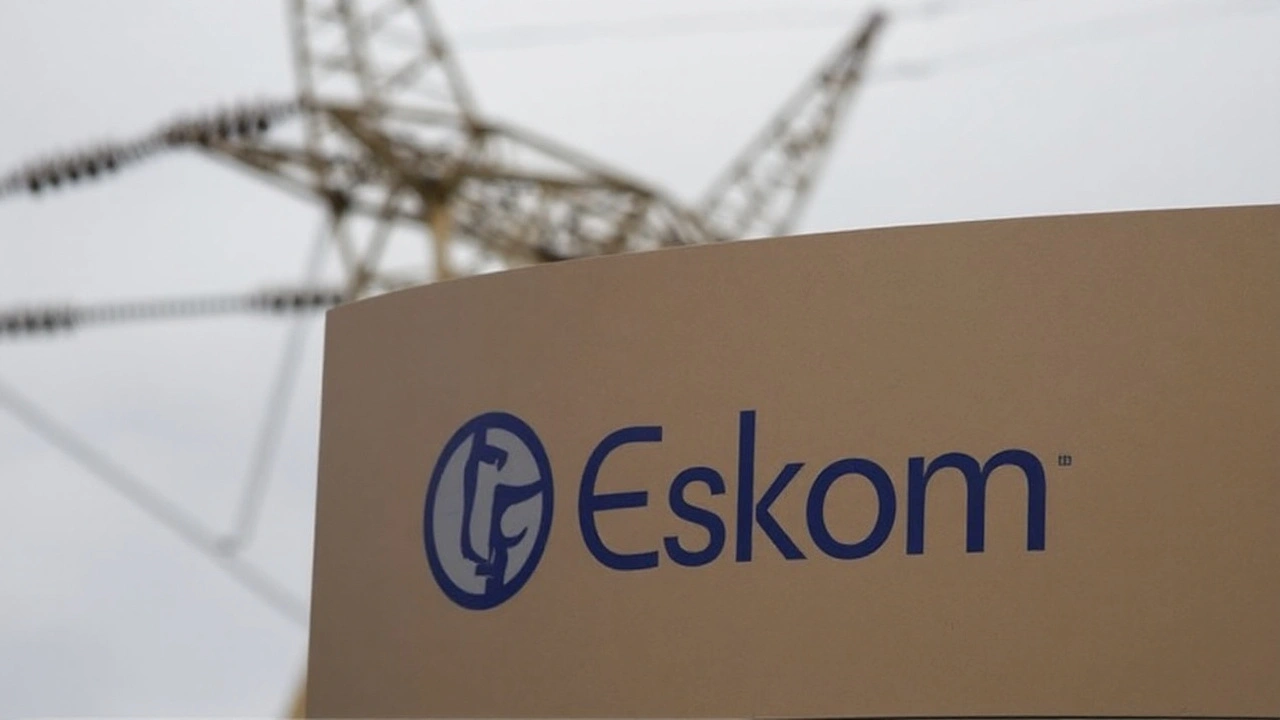Charging Infrastructure: The Basics of EV Charging Stations
Ever wonder how an electric car gets its juice? It all comes down to the charging infrastructure – the network of plugs, stations and power sources that keep EVs on the road. Think of it like the gas stations you’re used to, but instead of pumps you have connectors that feed electricity straight into the battery.
Types of Chargers You’ll See Around You
There are three main levels of chargers. Level 1 uses a regular household outlet and is slow – it can take a full night to top up a car. Level 2 needs a special wall box or public station and fills a battery in a few hours, which is perfect for workplaces or malls. Level 3, often called fast or DC charging, can juice up a car in 20‑30 minutes, making long trips doable.
Where to Find Chargers and How to Use Them
Finding a charger is easier than it used to be. Apps like PlugShare or Chargemap show every station nearby, whether it’s a free spot at a supermarket or a paid fast‑charger on a highway. When you pull up, just plug the cable into your car, start the session on the app or card, and wait. Most stations will tell you how much energy you got and charge you by the kilowatt‑hour.
Planning your route? Look for fast‑charging corridors along major roads – many countries are building these to support long‑distance travel. If you’re at home, a Level 2 wall box can give you a full charge every night, so you wake up ready to go. Some people also install solar panels to power their home charger, cutting electricity costs and carbon footprints.
Why does this matter? Better charging infrastructure means more people feel confident buying electric cars. It also reduces reliance on fossil fuels, cuts city pollution, and creates new jobs in tech and construction. Governments are offering incentives for installing chargers, and private companies are racing to build networks. The faster the network grows, the quicker we’ll see a shift to cleaner transport.
Bottom line: charging infrastructure is the backbone of the electric vehicle movement. Whether you’re a driver, a business owner, or just curious, knowing the types of chargers, where to find them, and how they fit into a greener future helps you make smarter choices. Keep an eye on local projects and apps – the next charging spot could be just around the corner.
Eskom EV rollout: BYD partnership aims to supercharge South Africa’s charging network
Eskom has deployed its first fleet of 20 electric vehicles and 10 internal chargers, then signed a cooperation deal with BYD a week later to speed up EV adoption in South Africa. The partnership backs the BYD Dolphin Surf launch and targets public charging expansion, skills development, and jobs. Future plans include renewable-powered fast-charging hubs and battery reuse for energy storage.
